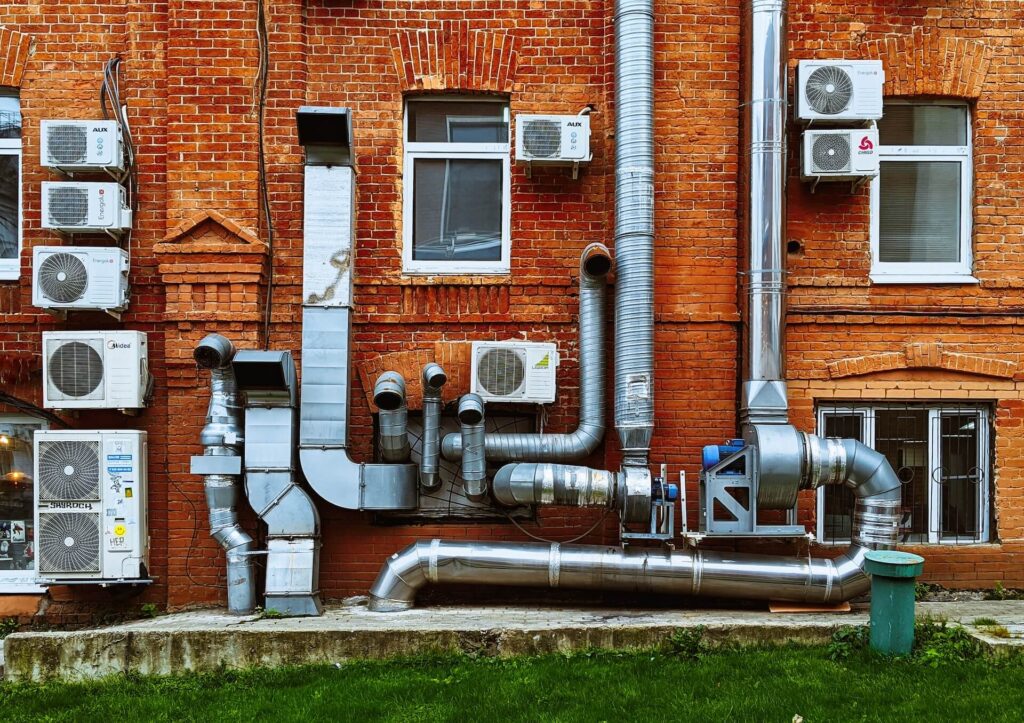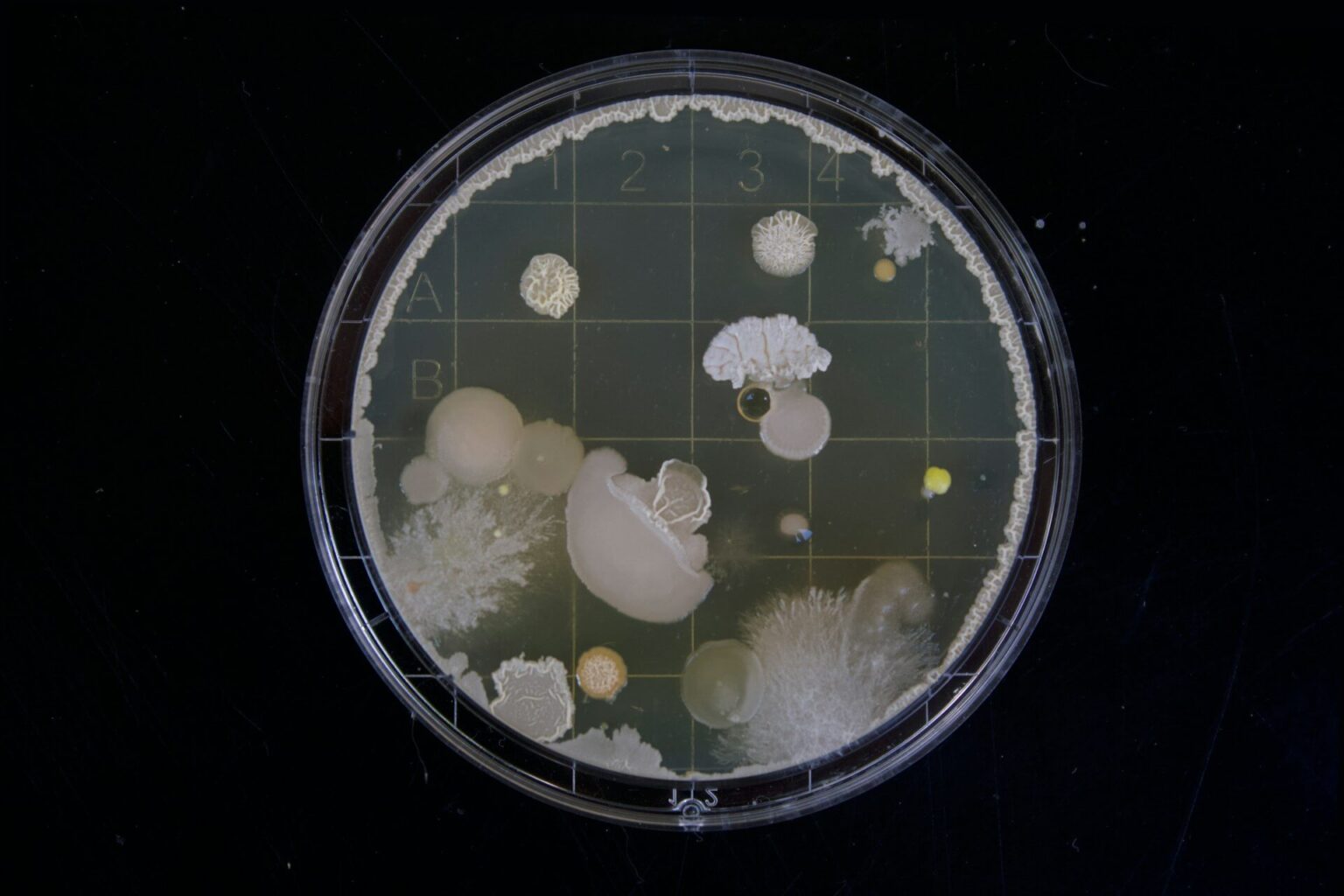Mold is a pervasive and potentially harmful intruder, quietly establishing itself in the hidden nooks and crannies of buildings. Unfortunately, it poses health risks and structural issues if left unchecked. In order to maintain a healthy living environment, it’s crucial to recognize the signs of mold growth. In this article, we’ll delve into 6 proven tips to help you unmask mold in every corner of your home or workplace.
1. Monitor Moisture and Humidity Levels
Mold’s existence is intricately linked to moisture, making damp or humid areas ideal breeding grounds. Controlling moisture levels in your home is a fundamental strategy in the battle against mold. Regularly check for leaks in pipes, roofs, and windows, addressing any issues promptly. This way, you can maintain optimal moisture levels and create an environment that’s inhospitable to mold growth. Regular monitoring of indoor humidity levels is another proactive measure to prevent mold growth. Therefore, invest in a hygrometer to measure the humidity in different areas of your home.
The Environmental Protection Agency (EPA) recommends maintaining indoor humidity levels between 30% and 50%. If certain areas consistently exceed these levels, take steps to reduce humidity. Do this by improving ventilation, addressing any underlying moisture issues, or using dehumidifiers. The latter are ideal in areas prone to high humidity, such as basements and bathrooms.
2. Seek Help From a Professional
If you’ve tried and failed to address these issues, this is the best course of action to take. While DIY methods may seem cost-effective at first, they often fail to address the root cause of the problem. Professional mold inspectors have the expertise and tools to thoroughly assess your property for mold growth. In turn, they can provide comprehensive solutions that go beyond surface-level remedies. An online search for mould testing specialists can connect you to certified, licensed, and insured professionals. They can apply a health-centric approach, maintain ethical standards, and even supply emergency help.
Professional remediation experts can safely and effectively remove mold from your home. This minimizes the risk of spreading spores or exposing yourself to harmful toxins. Their knowledge of industry best practices ensures that the problem is not only addressed but prevented from recurring.
3. Thoroughly Inspect Common Mold Hotspots
Certain areas of the home are more susceptible to mold growth than others. Regular inspections of these common mold hotspots can help you catch signs of infestation early on.
Bathrooms, kitchens, basements, and attics are areas that often harbor moisture and warmth – making them ideal conditions for mold. Look for any discoloration, musty odors, or water stains. These can be indicators of hidden mold growth that might otherwise go unnoticed.

4. Ventilate Your Home Properly
Effective ventilation plays a pivotal role in preventing mold growth, disrupting its ability to establish colonies. Well-ventilated spaces reduce the likelihood of condensation, creating an environment where mold struggles to thrive.
Ensure that your home has adequate ventilation, particularly in areas prone to moisture accumulation. Use exhaust fans in bathrooms and kitchens, to expel humid air and prevent it from settling on surfaces. A well-ventilated home can deter mold and also promote overall indoor air quality.
5. Regularly Clean and Inspect HVAC Systems
If heating, ventilation, and air conditioning (HVAC) systems are neglected, they can become conduits for mold growth. Regular cleaning and inspection of your system – including air ducts and filters – are essential. Replace filters as recommended by the manufacturer in their instruction manual.
Also, ensure that the system isn’t circulating mold spores throughout your home. It can distribute these through the air if the HVAC system is contaminated – turning it into a mold distribution network throughout the house. In contrast, a well-maintained HVAC system will improve indoor air quality and minimize the risk of mold infestation.
6. Investigate Musty Odors and Discoloration
These things are often early warning signs of hidden mold. If you notice a persistent musty smell (especially in areas with poor ventilation), it’s crucial to investigate the source. Discoloration on walls, ceilings, or other surfaces may indicate mold growth hidden beneath.
Engage your senses to pinpoint these subtle signs, and be proactive in addressing the issue before it evolves into a full-blown infestation. Discoloration indicates the colonization and reproduction of mold, hence the need for immediate attention.
Unmasking mold requires a multifaceted approach rooted in vigilance, awareness, and a commitment to maintaining a healthy living environment. By implementing these 6 proven tips, you can enhance your ability to identify and remediate mold. In turn, you’ll deepen your understanding of the underlying scientific principles, and protect your household and visitors.








